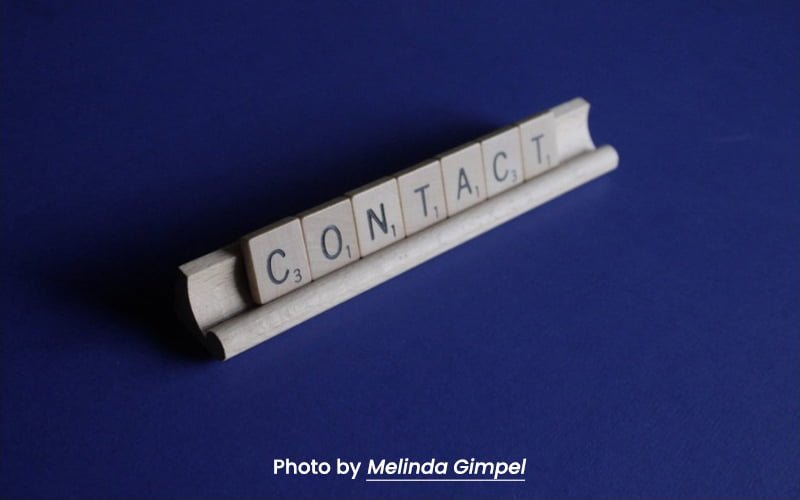It is a good idea to provide the source of photos and statistical data on websites. It not only allows users to check the facts if they desire to, but it also brings transparency to your website. Furthermore, revealing the source of photos and statistical data can help readers become more engaged and informed, making them more inclined to return to your website in the future.
Using graphics and stats on your website provides you with a firm foundation to communicate your thoughts, and it is also a very effective strategy for readers. However, simply copying and pasting the statistics or inserting the image is not where the game ends, giving the credit is equally important.
What Is exactly giving the Image And Statistical Data Credit?
Photo credit is a type of acknowledgment given to the photographers or other individuals responsible for the creation of a photograph. Photo credit involves both legal and human considerations. And giving statistical data that you used on your website credits increases credibility in the eyes of the audience. It always has to be kept in mind in the case of eCommerce social media marketing.
You can prevent copyright issues that may occur if you use other people’s work without their consent from a legal standpoint. Photo credit, from a human standpoint, is a way of expressing gratitude for the efforts and hard work of others. This puts you in a positive light.
When someone uploads a source image on the web many website owners are likely to use those images and google does know the source of the image, if you do not give credit to the image or statistical data then Google might consider it as an act of plagiarism ad also degrade the rankings of your website.
Google doesn’t like duplicate content or plagiarism as its core is to provide valuable and relevant content to the users. So to maintain this, Google keeps a check on the content it is serving to the audience; and anything that is found to duplicate Google does not serve it to its audience. Giving credit to statistical data provides your piece of content with more weight and enhances trustworthiness significantly.
Why are image and statistical data credit important?
- The owner of the image or stats will feel acknowledged for their efforts.
- It displays the terms of a license in some circumstances and warns other viewers of the possible re-use terms.
- It’s the respect of the law (In some countries, owners have a legal right to have their work associated with them)

How should it be done correctly?
To begin, double-check that you have the authorization to use it. If the image isn’t on Creative Commons, contact the owner to see if you can use it. (Having it in writing can assist if there are any disagreements later.)
Put the creator’s name and a link to their website or the image’s source beneath it if you’re using it in a blog post or on your website. “Photo by [artist name] with their website hyperlinked” or “Image by [artist name] via [website hyperlinked]” should be the format. Contact your web designing company to help you with this.
Place the picture credits next to the photo, which usually means below it or along with one of its edges.
Make the image credit prominent and easy to understand. Use a font style and size that is easy to see and understand.
While giving credit to the statistical data, keep in mind:
Place content from another source in quotes, name the source, and link to its website.
If you’re rephrasing—which you may do to achieve brevity and clarity outside of the source’s context—name the source and include a link.
Unless you’re creating extremely technical/scientific content with dozens of citations, naming the source for your blog entries isn’t necessary (i.e., cite the publication but not necessarily the author unless there is a compelling reason to do so).
It is always a good practice to give credits to the owner of the content as it builds your reputation and also saves you from getting de-ranked due to duplicate content.
